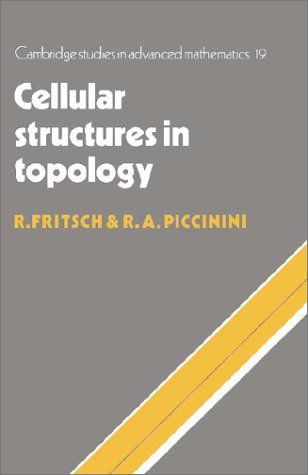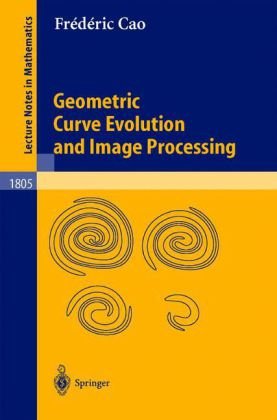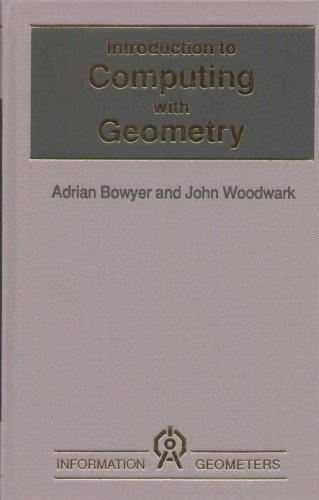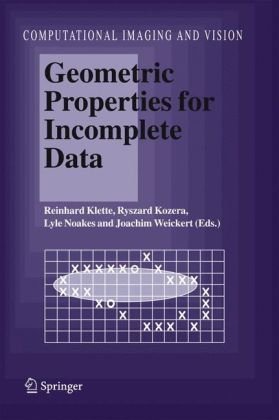Rudolf Fritsch, Renzo Piccinini0521327849, 9780521327848
Table of contents :
Contents……Page 4
Preface……Page 6
1.0 Balls, spheres and projective spaces……Page 9
1.1 Adjunction of n-cells……Page 19
1.2 CW-complexes……Page 30
1.3 Some topological properties……Page 35
1.4 Subcomplexes……Page 41
1.5 Finiteness and countability……Page 48
1.6 Whitehead complexes……Page 59
Notes……Page 62
2.1 Morphisms……Page 64
2.2 Coproducts and products……Page 65
2.3 Some special constructions in the category CW^c……Page 70
2.4 The cellular approximation theorem and some related topics……Page 76
2.5 Whitehead’s realizability theorem……Page 84
2.6 Computation of the fundamental group……Page 86
2.7 Increasing the connectivity of maps……Page 91
Notes……Page 95
3.1 Geometric simplices and cubes……Page 97
3.2 Euclidean complexes……Page 105
3.3 Simplicial complexes……Page 117
3.4 Triangulations……Page 136
Notes……Page 139
4.1 The category Delta of finite ordinals……Page 140
4.2 Simplicial and cosimplicial sets……Page 147
4.3 Properties of the geometric realization functor……Page 160
4.4 Presimplicial sets……Page 173
4.5 Kan fibrations and Kan sets……Page 178
4.6 Subdivision and triangulation of simplicial sets……Page 206
Notes……Page 228
5.1 Preliminaries……Page 231
5.2 CW-complexes and absolute neighbourhood retracts……Page 234
5.3 n-ads and function spaces……Page 237
5.4 Spaces of the type of CW-complexes and fibrations……Page 244
Notes……Page 247
A.1 Weak hausdorff k-spaces……Page 249
A.2 Topologies determined by families of subspaces……Page 254
A.3 Coverings……Page 256
A.4 Cofibrations and fibrations; pushouts and pullbacks; adjunction spaces……Page 258
A.5 Union spaces of expanding sequences……Page 281
A.6 Absolute neighbourhood retracts in the category of metric spaces……Page 289
A.7 Simplicial homology……Page 291
A.8 Homotopy groups, n-connectivity, fundamental groupoid……Page 294
A.9 Dimension and embedding……Page 307
A.10 The adjoint functor generating principle……Page 311
Bibliography……Page 314
List of symbols……Page 320
Index……Page 327







Reviews
There are no reviews yet.